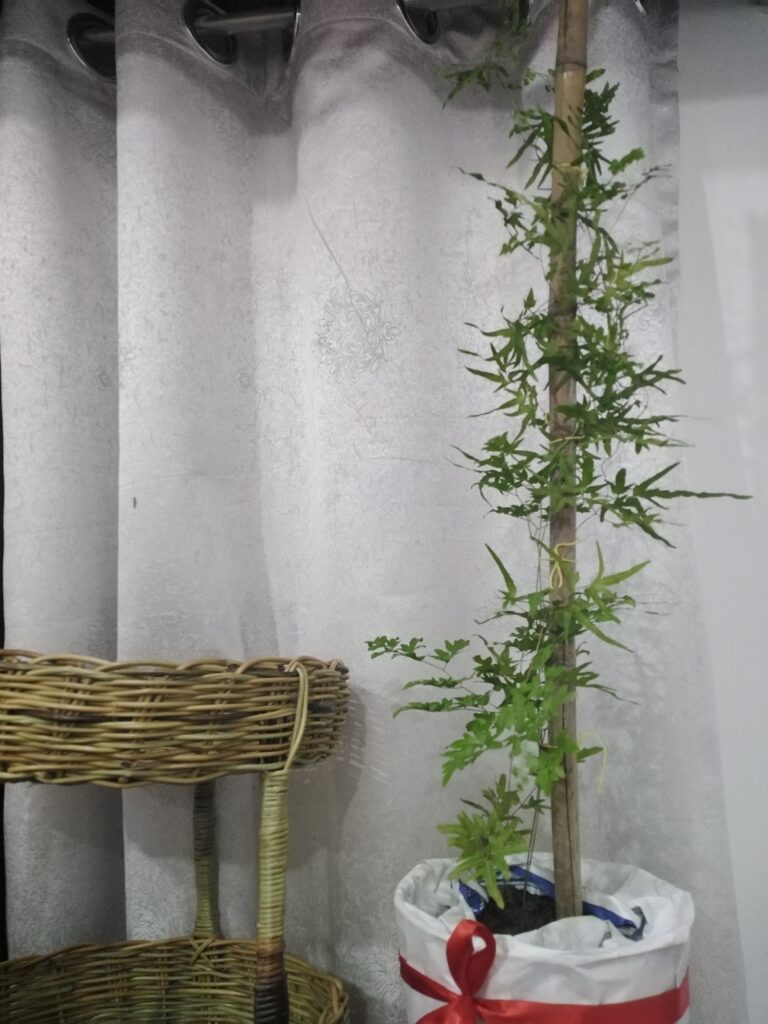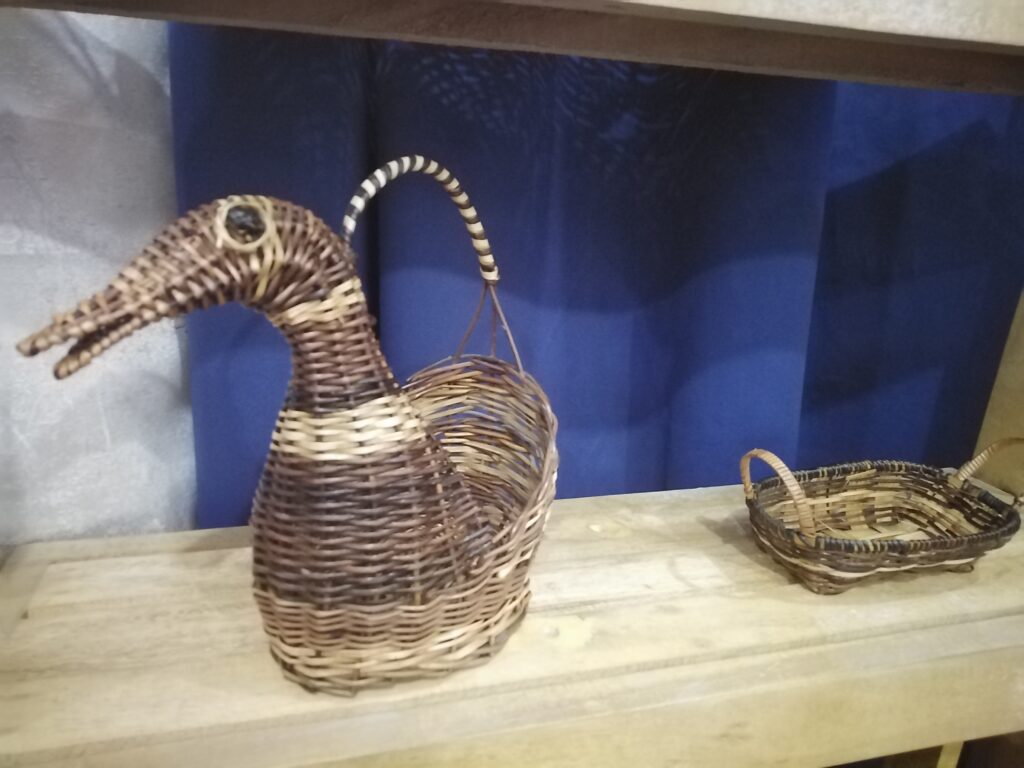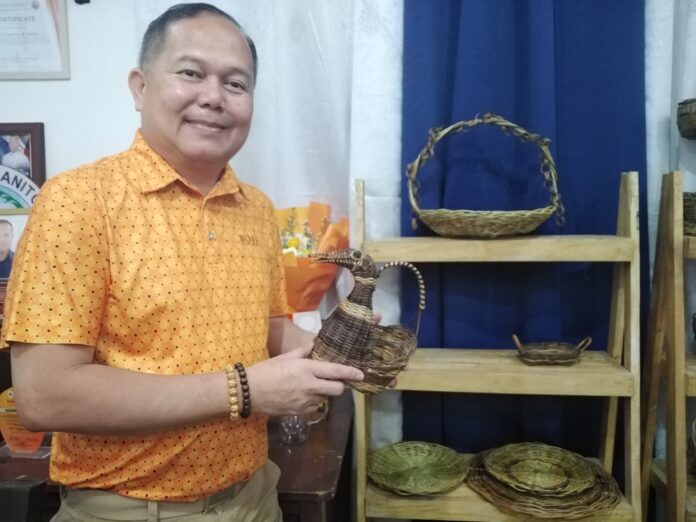AS the annual fiesta of barangay Canitoan in Cagayan de Oro City is fast approaching, barangay chairman Lancelot Padla is bringing back the roots of how this village came to be.
“Canitoan” comes from the word nito, a climbing fern endemic to the Philippines whose stems are used in making hats and baskets.

The nito vine must be gathered first then exposed to sunlight to dry.
It does not need treatment like soaking, scraping or hacking processes to enhance its natural beauty and color.

The strip is taken from the innermost core of the stem, which is about the diameter of a pencil. The outermost layer of the stem has to be removed to get the strips.
The raw strips are cleaned manually with a sharp improvised knife, taking at least two hours to clean a small bundle.
Nito processing has traditionally been a source of community livelihood in the rural areas.
Sadly, this tradition has been discontinued in contemporary times in Canitoan because local weavers had somehow lost interest in it.
This is what Padla intends to revitalize.
The barangay council of Canitoan has scheduled a series of activities to make its constituents aware of the abundance of nito in their community, the highlight of which is the streetdancing competition this February 18.
Contingents from the various zones and subdivisions in Canitoan will send in their delegations that day at the barangay covered court at 5:00 p.m. to battle out, incorporating nito as part of their costumes and props.
Other activities of the weeklong celebration in include the Miss Canitoan 2025 pageant, the dinuguan de puto cooking contest and many more.






